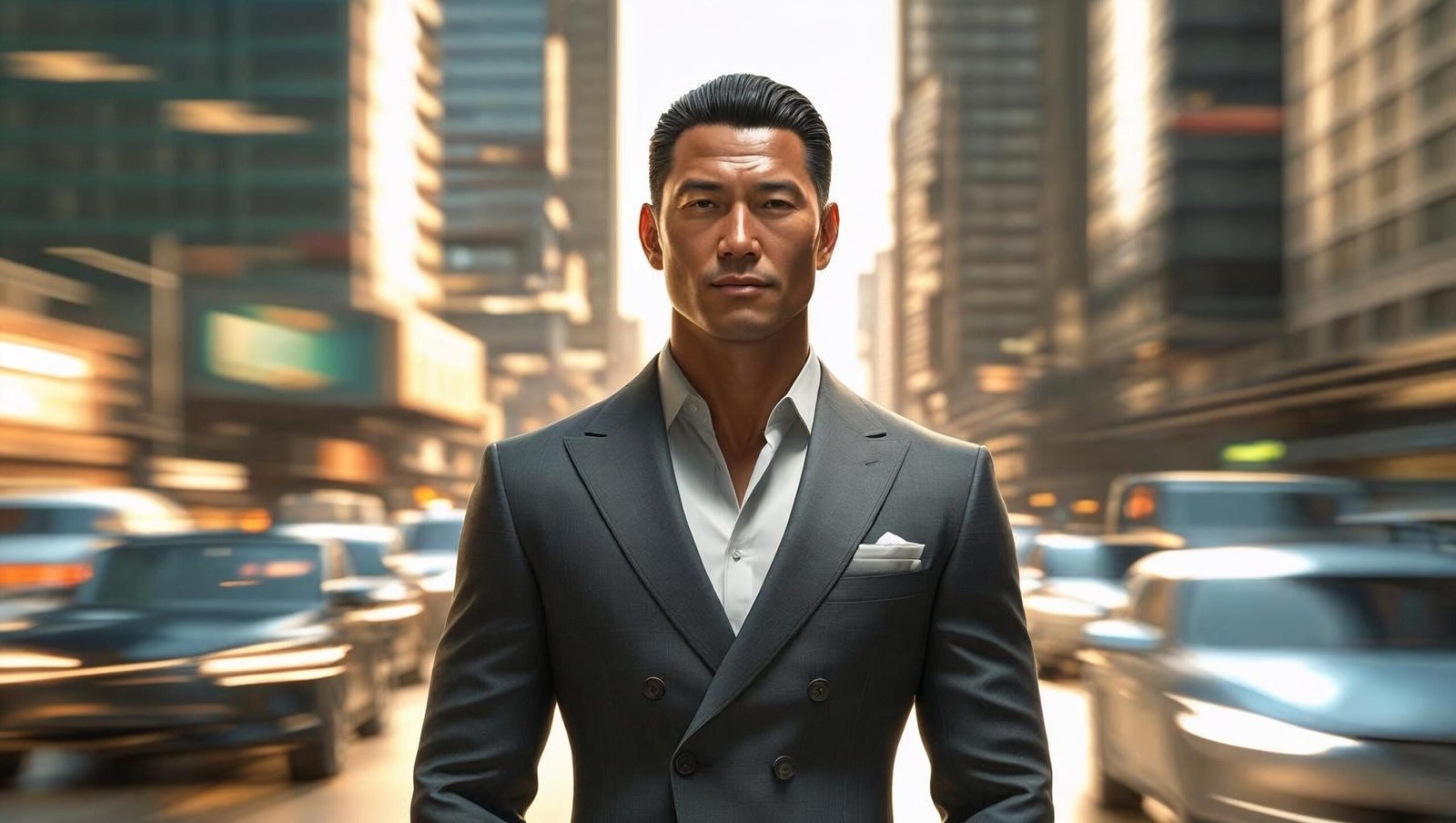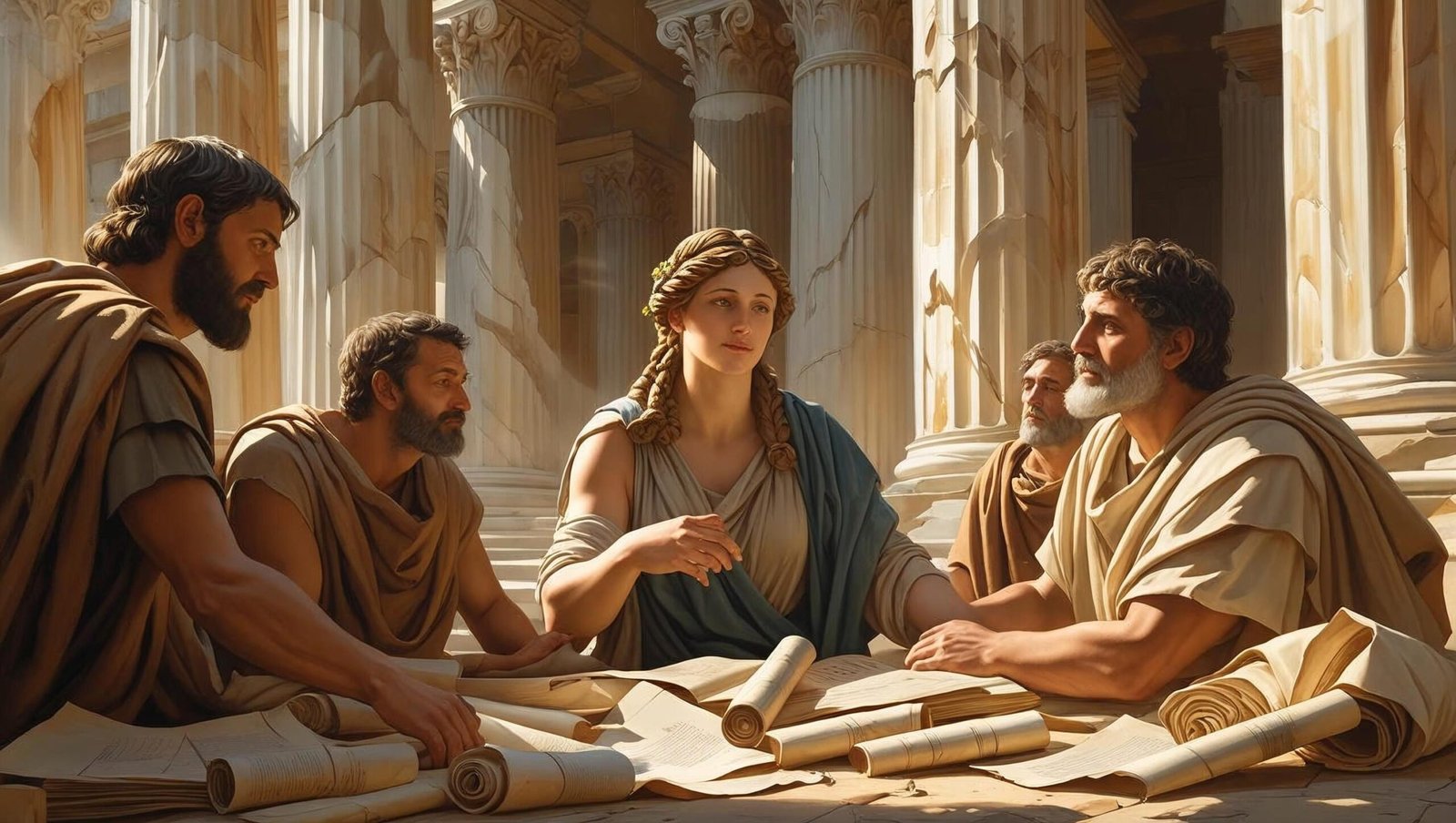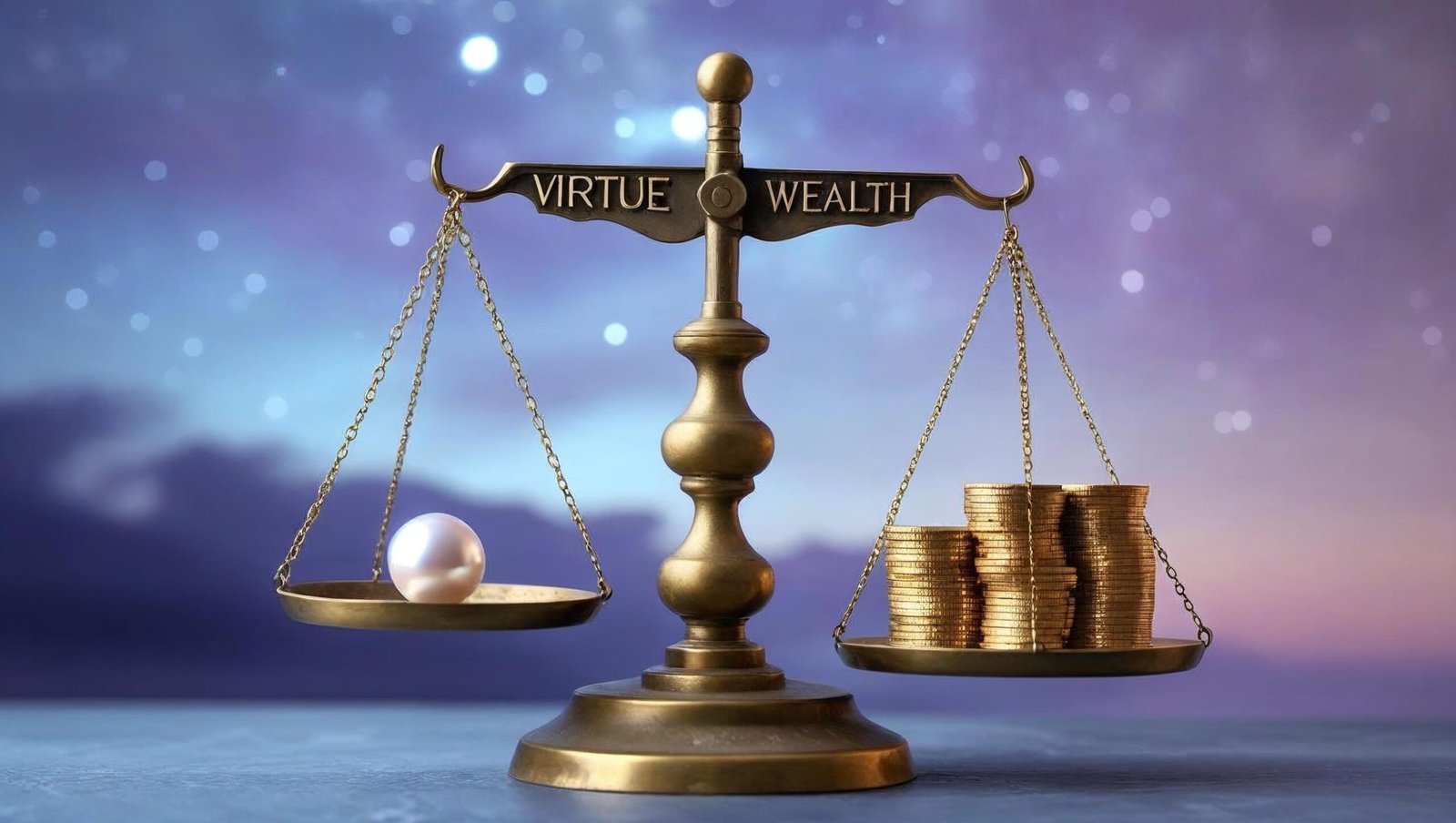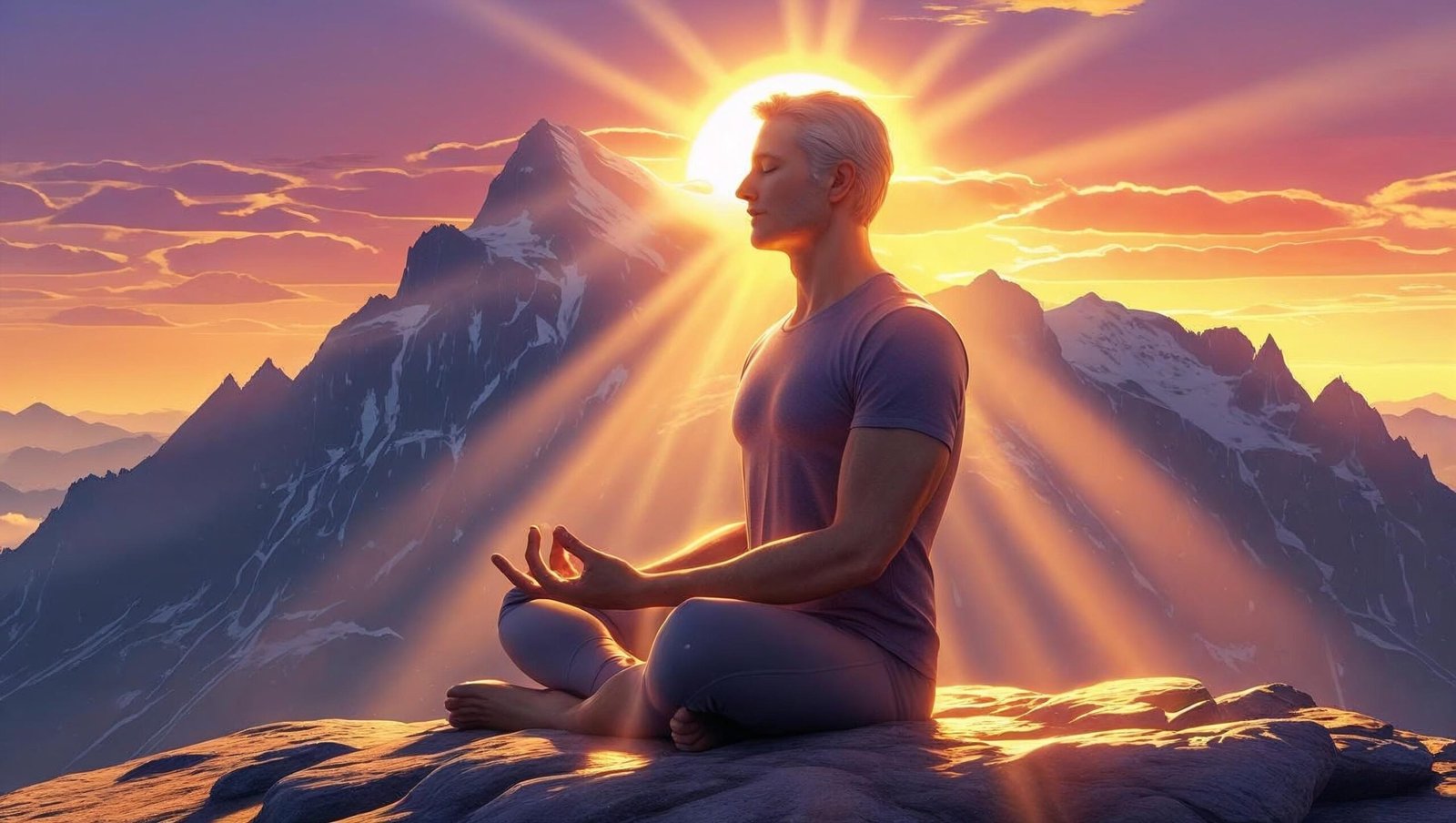🧠 How to Be a Stoic by Massimo Pigliucci: 11 Striking Lessons That Will Change Your Life
In an age of overstimulation, emotional upheaval, and uncertain futures, How to Be a Stoic by Massimo Pigliucci presents a quiet yet formidable philosophical compass. Based on the enduring legacy of Stoicism and interpreted through a modern lens, this book reawakens the soul to the enduring relevance of wisdom, virtue, and rational clarity.
In this in-depth review, I shall take you through the major ideas, Stoic principles, and life-altering insights from How to Be a Stoic by Massimo Pigliucci. The book does more than teach philosophy—it embodies it.

📖 About the Author: Massimo Pigliucci
Massimo Pigliucci is a philosopher, scientist, and professor who bridges the ancient and the contemporary with eloquence. Having trained in both evolutionary biology and philosophy, his works exhibit clarity, integrity, and precision. With How to Be a Stoic by Massimo Pigliucci, he brings Stoicism out of the academy and into the real world.
🔍 What Is Stoicism?
Before diving into the specifics of the book, it is vital to understand the context. Stoicism is not a system of repression or coldness, as many wrongly assume. It is a rational, virtue-focused school of thought founded in ancient Greece by Zeno of Citium. Its Roman champions—Seneca, Epictetus, and Marcus Aurelius—believed that happiness stems from living in accordance with nature, accepting what we cannot control, and cultivating wisdom and moral strength.
How to Be a Stoic by Massimo Pigliucci reinterprets these ideas for our times. With the guidance of Epictetus, Pigliucci embarks on a journey of rediscovery.
🧭 The 11 Striking Lessons from How to Be a Stoic by Massimo Pigliucci
1. Choose Your Inner Compass Wisely
The first lesson from How to Be a Stoic by Massimo Pigliucci is that we must choose our role models with care. Pigliucci selects Epictetus as his guide. The book presents dialogues with Epictetus, mimicking Socratic reasoning, allowing the reader to internalise values that withstand chaos.
2. Understand What You Can and Cannot Control
The dichotomy of control is perhaps the most essential Stoic principle. How to Be a Stoic by Massimo Pigliucci emphasises that one must make peace with the universe’s uncertainty. You can control your values, decisions, and attitude—but not fame, fortune, or other people.
3. Live According to Nature
In How to Be a Stoic by Massimo Pigliucci, “living according to nature” is explored as living with rationality and virtue. It means aligning with human nature—marked not by instinct or appetite but by reason and communal harmony.
4. Virtue Is the Only Good
Forget wealth or comfort—only virtue leads to eudaimonia (a flourishing life). This is echoed consistently in How to Be a Stoic by Massimo Pigliucci, reinforcing that external success may accompany happiness, but virtue defines it.
5. Practice Negative Visualization
Stoics imagine loss to strengthen gratitude and resilience. How to Be a Stoic by Massimo Pigliucci describes this as preparing the mind to meet tragedy with poise rather than panic. Visualizing adversity makes us emotionally stronger, not bleaker.
6. Challenge Your Emotions with Logic
In How to Be a Stoic by Massimo Pigliucci, the ancient counsel to test feelings against reason is revived. He does not promote emotional detachment but rather emotional discipline—an antidote to impulsive reactions.
7. Develop the Habit of Reflective Journaling
Pigliucci encourages readers to adopt reflective writing, much like Marcus Aurelius did. This daily Stoic practice, explained beautifully in How to Be a Stoic by Massimo Pigliucci, helps assess one’s moral progress and align actions with intention.
8. Engage with Society, Not Escape It
Unlike cynics or hermits, Stoics do not flee society. How to Be a Stoic by Massimo Pigliucci underscores the value of civic duty, moral engagement, and meaningful conversation—even amidst corruption or ignorance.
9. Turn Adversity into an Opportunity for Virtue
Life’s trials are testing grounds for virtue. From pain to injustice, each challenge is an opportunity to demonstrate patience, justice, and courage. How to Be a Stoic by Massimo Pigliucci powerfully reiterates this point through vivid modern-day scenarios.
10. Face Death with Dignity
Mortality is a central Stoic concern. In How to Be a Stoic by Massimo Pigliucci, death is treated not as a horror to be avoided, but as a teacher to embrace. Contemplating death leads to a more present, meaningful life.
11. Philosophy Is Not a Luxury—It Is a Toolkit
How to Be a Stoic by Massimo Pigliucci is not an academic detour; it’s a manual. Philosophy becomes a practical guide for personal transformation. The aim is to live better, not just to think better.

🧱 A Historical Perspective: Stoicism’s Ancient Roots
Stoicism originated in Athens during the early 3rd century BCE. Founded by Zeno of Citium, its name derives from the “Stoa Poikile” or “Painted Porch,” where Zeno taught. Unlike other philosophical traditions that retreated from society, this school of thought encouraged civic engagement, moral development, and inner fortitude.
Key figures—Seneca, a Roman statesman; Epictetus, a freed slave turned teacher; and Marcus Aurelius, an emperor—crafted a timeless triad whose words still echo with emotional gravity and ethical clarity. These thinkers taught that virtue was not a luxury of the powerful, but a birthright of the wise.
The teachings emphasized indifference toward external circumstances, not from apathy but from the deep conviction that internal character determines true peace. Their ethos shaped Roman governance, influenced Christian theology, and even inspired Enlightenment philosophers such as Immanuel Kant and Baruch Spinoza.
🧘♂️ Applying Timeless Principles in Daily Life
Though centuries apart, the dilemmas faced by ancient philosophers resonate deeply today. Emotional reactivity, career stress, health crises, and ethical confusion are not new problems. They merely appear in modern dress.
A person practicing these ideas today might begin the day with intentional silence, contemplating their duties and values. A traffic jam, rather than provoking rage, becomes a test of composure. Office politics transform into opportunities to act with fairness and integrity.
Rather than retreat into cynicism or complaint, the modern seeker embraces rational self-governance. Life’s ups and downs become training grounds for resilience and inner alignment. Every decision becomes a moral act, and every challenge, a philosophical invitation.
🧪 Why This Philosophy Resonates with Scientific Minds
One might wonder how a school of thought rooted in antiquity remains compelling in an age of data, algorithms, and quantum mechanics. The answer lies in its rational framework.
Far from being mystical or dogmatic, Stoicism rests on empirical observation and cognitive alignment. It recognises that thoughts shape emotional responses, a concept later echoed in cognitive-behavioral therapy (CBT). Psychologists such as Albert Ellis and Aaron Beck, pioneers in CBT, openly acknowledged drawing inspiration from classical Stoic reasoning.
By emphasising cognitive discipline, emotional regulation, and perspective management, Stoicism becomes a psychological toolkit. It doesn’t just align with modern science—it anticipates it. Neuroscientific studies show that mindfulness, self-awareness, and value-based living reduce stress and increase well-being—an empirical nod to the ancient wisdom.
🌍 Global Crises and the Rebirth of Ancient Wisdom
The 21st century has witnessed an astounding revival of ancient thought—not in temples or universities alone, but in startups, boardrooms, recovery centers, and even military units. When society feels fragmented and volatile, people naturally seek constancy and clarity.
The global pandemic, for example, ignited existential introspection. People turned inward, reconsidering their life philosophies. Internet forums, podcasts, and virtual communities began exploring enduring questions: What truly matters? How can one remain steady amid uncertainty?
This philosophical framework offered many a vocabulary for stillness, a code for resilience, and a compass for moral living. Its influence can be seen in personal development, leadership training, and digital wellness movements. A renaissance of practical wisdom is underway.

🪞The Mirror of Self-Awareness
One of the most transformative practices is the cultivation of daily self-reflection. In a world that glorifies speed and consumption, pausing for introspection is a radical act.
Practitioners are urged to keep a moral journal—not merely listing events but evaluating motives, actions, and internal dialogue. This quiet ritual builds moral muscle over time. You become your own critic and companion.
This habit reshapes one’s self-image—not through shame, but accountability. There’s no escape in excuses. Instead, there is space for honest questions: Was I patient today? Did I act out of fear or courage? Did I live with integrity, or merely convenience?
💥 Emotional Mastery Is Not Suppression
A common misconception surrounding this tradition is that it encourages emotional numbness. On the contrary, its teachings elevate emotional intelligence.
Emotions, in this context, are seen as judgments. If you feel anger, it is not a virus that infected you—but a conclusion drawn, often unconsciously, that something wrong has occurred. Once that premise is evaluated rationally, the emotional grip loosens.
Thus, mastery arises not from bottling feelings but examining them. Emotional literacy becomes a form of inner freedom. Fear becomes vigilance, anger becomes boundary-setting, and grief becomes love remembered. Reactions transform into reflections.
💼 Stoicism in Leadership and Professional Life
Leaders around the world are rediscovering this philosophical approach—not as an abstract theory, but as a strategy for ethical clarity and emotional steadiness. In high-stakes environments, decision fatigue and moral ambiguity are commonplace.
By prioritising reason over impulse, and principles over popularity, effective leadership emerges. Whether guiding a corporation or running a community kitchen, leaders find strength in self-governance, calm in chaos, and empathy grounded in ethical duty.
Boardrooms are increasingly filled with books that explore these ideas. Entrepreneurs seek more than profit—they seek legacy, resilience, and meaning. The corporate world is realising what philosophers knew all along: values are not liabilities; they are strategic assets.
🕊️ Spirituality Without Dogma
One of the most attractive aspects of this tradition is its spiritual architecture that requires no deity, temple, or scripture. It proposes a universal order, a rational cosmos governed by cause and effect, yet allows room for reverence.
It does not dismiss faith, but it elevates moral reasoning above ritual. It invites individuals to live in harmony with a larger whole, to play their role in the theatre of life with grace and gratitude.
This spirituality is open-source—accessible to the atheist, the agnostic, and the believer. It speaks to conscience, not creed. In a pluralistic world, such a unifying philosophy carries extraordinary relevance.

🎯 Why This Philosophy Appeals Across Cultures
While its origin lies in Greco-Roman history, its appeal is global. Eastern traditions like Buddhism and Taoism mirror many of its concepts—detachment from outcomes, inner stillness, and harmony with nature.
In Indian philosophy, the Bhagavad Gita teaches action without attachment—echoing the Stoic principle of controlling actions, not results. In Islamic Sufism, surrender to divine order mirrors the Stoic acceptance of fate. The overlap across traditions highlights a universal hunger for peace through wisdom.
This cross-cultural synergy makes it a bridge-builder. Whether read in Cairo, London, New Delhi, or São Paulo, its message resonates: Live with virtue, love with integrity, die with dignity.
🛠️ Practices You Can Begin Today
-
Morning Reflection – Begin each day with a few moments of quiet. Ask: What kind of person do I want to be today?
-
Evening Journaling – Reflect on the day’s actions. Note moments of integrity and weakness, without judgement.
-
Voluntary Discomfort – Occasionally fast, walk instead of drive, or forgo luxury. This trains the will and builds resilience.
-
Negative Visualization – Imagine losing what you cherish—not to induce sadness, but to foster appreciation and detachment.
-
Virtue Focus – Before any major decision, ask: Is this the just and wise action, or merely the convenient one?
By practicing these simple habits, even for a few minutes daily, one begins to notice subtle but profound changes in perception, reaction, and interaction.
🎁 Why This Philosophy Is a Gift for the Modern Mind
In a culture obsessed with speed, status, and stimulation, this ancient system whispers a different gospel. It reminds us that meaning does not come from acquisition, applause, or external outcomes—but from alignment with our highest self.
It equips the modern individual not with shortcuts, but with strategies. Not with hacks, but with habits. Not with entertainment, but with enlightenment.
It is not a promise of a painless life—but an invitation to a purposeful one. A life not ruled by fear, resentment, or addiction to validation—but rooted in wisdom, self-respect, and compassion.
✍️ Writing Style and Structure
The tone of How to Be a Stoic by Massimo Pigliucci is lucid, warm, and conversational. It avoids unnecessary jargon and delivers wisdom without pedantry. Dialogues with Epictetus add literary charm and accessibility.
Each chapter blends ancient thought with modern dilemmas—climate change, injustice, grief, career, and even parenting. By weaving in personal anecdotes, Pigliucci makes Stoicism deeply relatable.

💡 Key Takeaways from How to Be a Stoic by Massimo Pigliucci
-
Philosophy belongs to the people.
-
You are responsible for your reactions, not events.
-
Virtue matters more than success.
-
Happiness stems from rational living, not gratification.
-
There is beauty in composure, clarity, and kindness.
❓ FAQs
❓ Is How to Be a Stoic by Massimo Pigliucci suitable for beginners in philosophy?
Yes, the book is ideal for beginners. How to Be a Stoic by Massimo Pigliucci introduces Stoic philosophy in a conversational, accessible way, making it perfect for newcomers.
❓ Does the book rely solely on ancient texts?
No. How to Be a Stoic by Massimo Pigliucci merges ancient Stoic wisdom with modern science, ethics, and real-life dilemmas. It is both historical and practical.
❓ Is this book only for people experiencing crisis?
Not at all. While Stoicism offers tools for adversity, How to Be a Stoic by Massimo Pigliucci also teaches how to live ethically, think clearly, and find meaning in ordinary life.
❓ How does this book differ from other Stoic guides?
How to Be a Stoic by Massimo Pigliucci stands out for its literary richness, structured progression, and philosophical authenticity. It is neither preachy nor simplistic.
❓ Will this book make me emotionless?
Absolutely not. How to Be a Stoic by Massimo Pigliucci encourages healthy emotions guided by reason. It fosters empathy, not detachment.
✅ Conclusion: Why You Should Read How to Be a Stoic by Massimo Pigliucci
In a noisy, fast, and uncertain world, How to Be a Stoic by Massimo Pigliucci offers a lantern of clarity. It invites you not only to think better but to be better. Grounded in Stoic wisdom and adorned with modern insight, this book does not ask you to renounce the world but to engage with it more wisely.
If you are seeking a philosophy of strength, clarity, and kindness—read this book. It may not solve all your problems, but it will surely change your perspective.
Visit: shubhanshuinsights.com for more in-depth book reviews that transform not just your bookshelf—but your life.
💬 Powerful Comments to Include
-
“This book has completely changed how I see setbacks and challenges. Thank you for the detailed review!”
-
“I’ve read many books on Stoicism, but How to Be a Stoic by Massimo Pigliucci feels personal and practical.”
-
“Appreciate how clearly you’ve summarised each lesson. This review is a guide in itself.”
-
“Reflective journaling is the habit I’ll start from today—thanks to this post.”
-
“Your reviews always help me pick the right book at the right time. Looking forward to the next one!”